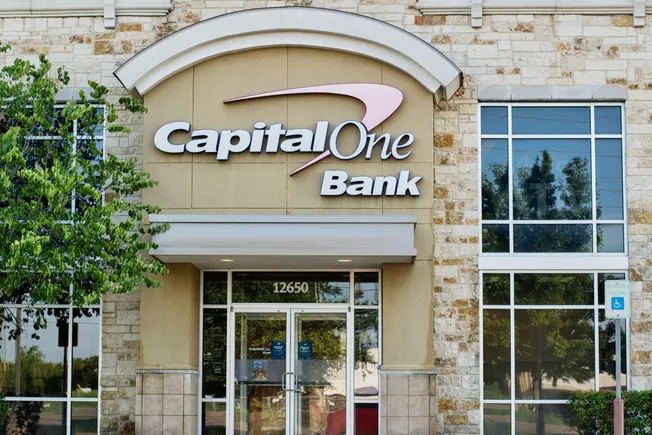Key Takeaways
- Capital One’s $265 billion community benefits program remains vague a year after its announcement.
- Critics question the integrity and feasibility of the plan amid shifting regulatory environments.
- Capital One plans to provide updates on its commitment to community investment starting later this year.
Community Benefits Program Lacks Details
A year after announcing its ambitious $265 billion community benefits program in connection with its acquisition of Discover Financial Services, Capital One Financial has not provided significant specifics about implementation. The plan, which involves partnerships with organizations like the National Association for Latino Community Asset Builders and NeighborWorks America, aims to address community needs, but execution details remain undisclosed.
Horacio Mendez, CEO of the Woodstock Institute, noted that while there was initial enthusiasm and engagement after the announcement, the momentum has since stalled. Critics argue that the reported dollar amount is inflated and worry about the bank’s commitment to community development, especially given recent political changes.
In this shifting landscape, the Federal Reserve Board and other federal agencies recently rescinded a significant modernization plan for the Community Reinvestment Act (CRA) that aimed to boost financial inclusion and access to credit for underserved communities. The original updates proposed during the Biden administration are now delayed, raising concerns about regulatory clarity and expectations for banks like Capital One.
While the 1995 CRA regulations remain in effect, experts like Michelle Bowman from the Fed suggested that existing rules offer banks more flexibility to balance community needs with operational stability. This ongoing uncertainty has left many banks, including Capital One, unclear about their commitments to community financing.
Amidst these concerns, Capital One successfully completed its acquisition of Discover in May. The community benefits agreement includes plans for $44 billion in community development financing, $575 million in philanthropy, and $15 billion for small business lending over the next five years. However, the specifics regarding how these funds will be utilized remain unsettled.
Efforts toward execution are starting to materialize. Marla Bilonick, CEO of NALCAB, indicated that concrete discussions about the plan’s implementation are forthcoming, while Mendez mentioned that Capital One is considering hosting town halls to gain community input. Additionally, the Woodstock Institute is in conversations with Capital One regarding the establishment of retail branches, termed “cafés,” in underserved neighborhoods.
Despite these positive discussions, interorganization communication has faced challenges. Requests for updates from NeighborWorks America and the Opportunity Finance Network have gone unanswered, leaving stakeholders anxious about the timeline and effectiveness of the plan.
Andy Navarrete, Capital One’s head of external affairs, emphasized that the launch of the plan depends on the merger’s completion and the five-year duration for implementation. He reaffirmed the company’s commitment to transparency, noting that they will work with partners to develop a meaningful community impact.
However, skepticism persists. Experts and community advocates question whether the plan’s ambitious objectives will genuinely materialize or if they serve more as a strategy to secure regulatory approval for the merger. Community benefits agreements are not mandated under the CRA, yet they help ensure accountability for banks in underserved areas.
An analysis from the National Community Reinvestment Coalition posits that the $265 billion figure is misleading. According to their findings, it translates to only $5 billion in additional new lending and investments, suggesting that the commitments reflect what both Capital One and Discover were already doing before merging.
Amid these complexities, regulatory bodies like the OCC will not monitor or enforce compliance with such community benefits agreements, raising concerns about the integrity of the commitments made. Capital One plans to release an interim report detailing its community investment progress by the end of this year, with further updates expected in June of the following fiscal year, underlining its ongoing dedication to financial inclusion and credit access for a diverse range of consumers.
The content above is a summary. For more details, see the source article.















